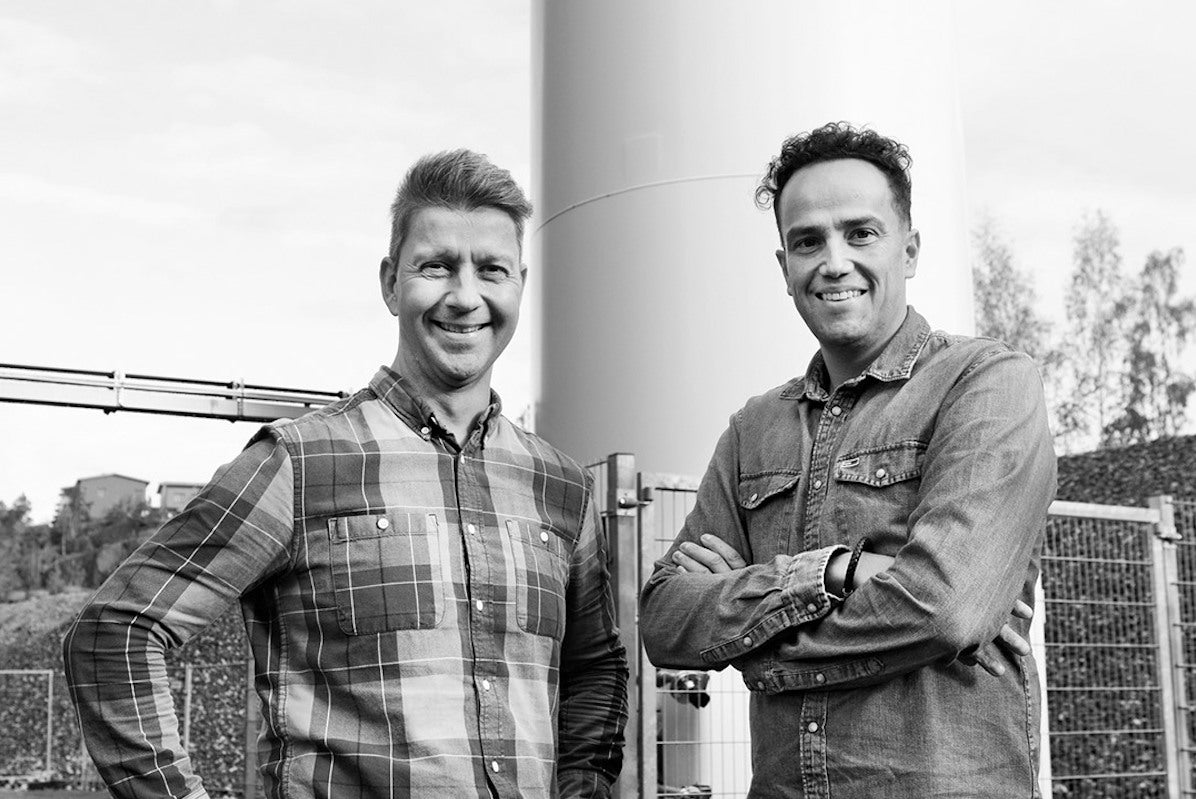Nevertheless, this happened all of the time. CO2 cylinders were transported to Finland from thousands of kilometres away and then the same bottles were returned empty. This didn’t make sense from an economic perspective, let alone an environmental one. Carbon dioxide, the raw material for the bubbles, is air and the concentrate used to make the drinks is mainly water. Perhaps both could be produced locally instead?
We decided to do something about it and a CO2 cylinder filling facility was established in Helsinki. The word facility in this context sounds perhaps too ambitious, as it was really just a garage. However, we discovered that there was an immediate demand for this locally produced carbon dioxide.
Our small company acquired big customers in Finland. After a while, a large order from abroad arrived, which alone was worth more than the turnover of the entire company at that time. The order came from Central Europe and was, of course, handled in accordance with the company values. This meant gas cylinders were soon also filled in Central Europe, close to the local consumer’s kitchen.
As the number of customers increased, the Finnish filling facility was moved from the garage to more modern and larger premises. Then came a strong hankering to make our own carbonator, not just any plastic device, but the best of its kind in the world. This would not be made of fossil-based plastic but instead, a design product that would be based on renewable materials. It would last a long time and be proudly placed in the prime spot in the kitchen.
A rocky journey began, but in the end the impossible was made possible. You may not even want to know about the countless challenges and dozens of sleepless nights. The only thing that really matters, is that the end result was the world’s first sparkling water maker made of a wood composite material.
Wood composite means that it is a material whose raw materials are renewable. To put it bluntly, the body of the device is made of residues from the forest and pulp industries: tall oil and wood chips. The wood composite is in some respects plastic-like: It is durable and can be used to make devices similar to traditional fossil-based plastics. We think it is also more beautiful: a clean design – literally.
Despite all our achievements and innovations, there are still plenty more challenges in the world to solve.
This story is just the beginning and it would be nice if you were a part of it.
Dave & Jussi

